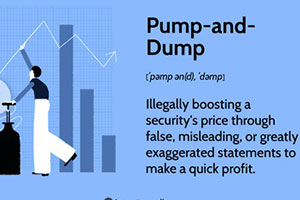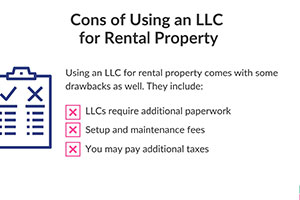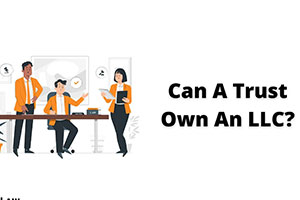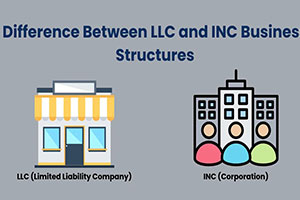What is Connective E-Commerce, and can it work for your business?
Business | by
Entrepreneurs looking to get into online retail might be hearing a lot about “connective e-commerce,” which promises to promote sales without the upfront costs of paying a developer to create a website, storing inventory, or paying for advertising.
“Connective e-commerce” was coined by an entrepreneur named Cortney Fletcher, who claims it’s a strategy for new entrepreneurs—especially female ones just getting started—to avoid risk. But experts and online commenters are divided on its effectiveness.
“E-commerce is not easy, and there is no easy button for it,” warns Damon Didier, the CEO of Win At Ecommerce, a Dallas-based e-commerce consulting firm. The premise of connective e-commerce is that you can quickly and effectively start and grow an online business with minimal effort and without having to pay for much upfront, but that simply isn’t possible, he says.
The pandemic brought an increase in the number of people looking to create online stores and develop another source of income, but many entrepreneurs don’t understand what’s involved and are susceptible to falling for quick solutions that might not pay off, Didier says.
If you’re starting an online store, instead of paying a firm to create “connective e-commerce” for you, you can adapt the principles to minimize costs and risk for yourself.
Create your own website
Setting up a website requires a minimal financial investment of about $20 a month for hosting, Didier says. With website design companies like Wix, it is easy to create a professional looking website without a designer. You can also build a website through Shopify.
The bigger challenge is figuring out how to get people to find your website and online store. This is tricky if consumers don’t know you or your product. “The bigger problem is how do you get people there and how do you get people to trust you,” Didier says.
The missing ingredient for most sellers is figuring out how to promote their online store. “It needs to organically build because it’s too expensive to use paid ads, and it won’t catch fire overnight,” Didier says.
The most successful e-commerce sellers already have a following on YouTube or Instagram. Instagram is a good social media channel to develop because it seamlessly connects to Shopify, making it easier to send buyers to your website, Didier says. “The best customers are people who already have a relationship with you and already know and trust you,” he says.
Purchasing inventory is risky
The biggest upfront expense when selling products online is the cost of carrying inventory. When you’re just starting out, it’s risky to carry too much inventory because you don’t know how much consumer demand there is for your product.
Drop shipping is a principle of connective e-commerce, but it only goes so far. It’s a good way to test an idea and determine whether your product is interesting to consumers.
That is why many new e-commerce businesses start out using drop shipping, Didier says. With drop shipping, the seller accepts customer orders without keeping stock on hand. The seller waits for a customer to place an order and then finds a third party to fill the order. “It’s low risk and a legitimate business practice, but the margins are low because you’re paying for the product every time you fulfill an order rather than buying the product in bulk,” he says.
Drop shipping is a principle of connective e-commerce, but it only goes so far.
It’s a good way to test an idea and determine whether your product is interesting to consumers, Didier says. “If it doesn’t work, you can just turn off your website,” he says. But if buyers are flocking to your site and purchasing your goods, the next step is to buy enough to own inventory.
Holding inventory allows you to make a larger profit on sales because it’s less expensive to buy product in bulk, Didier says. For example, if you are selling $15 custom T-shirts and you have to pay a third party $10 to create a T-shirt every time a consumer orders a shirt, you will only earn $5 a shirt. But if there is demand for your T-shirts, you could order inventory of 100 T-shirts at $5 each, and if you continue to sell them for $15, you would make a $10 profit on each shirt.
“Once you build up a profit, you can reinvest that profit into paid advertising to go after new clients,” Didier says. Many sellers are impatient and want to leap from having an idea to holding inventory and making a profit, but that’s not realistic, Didier says.
E-commerce requires an understanding of Sales 101, he adds. “You might not have the perfect website, but it’s probably good enough for today,” he says. It’s not worth the financial risk to buy a lot of inventory until you know there is demand for your product.
Building a simple website and using drop shipping allows you to test your idea directly with the consumer before investing thousands of dollars in inventory.






